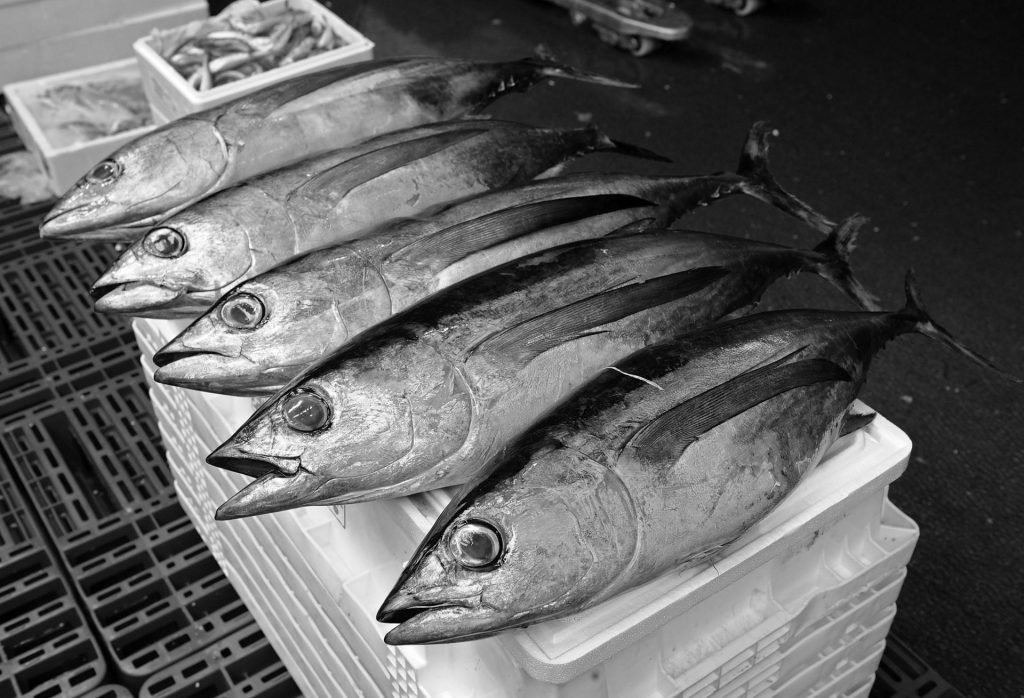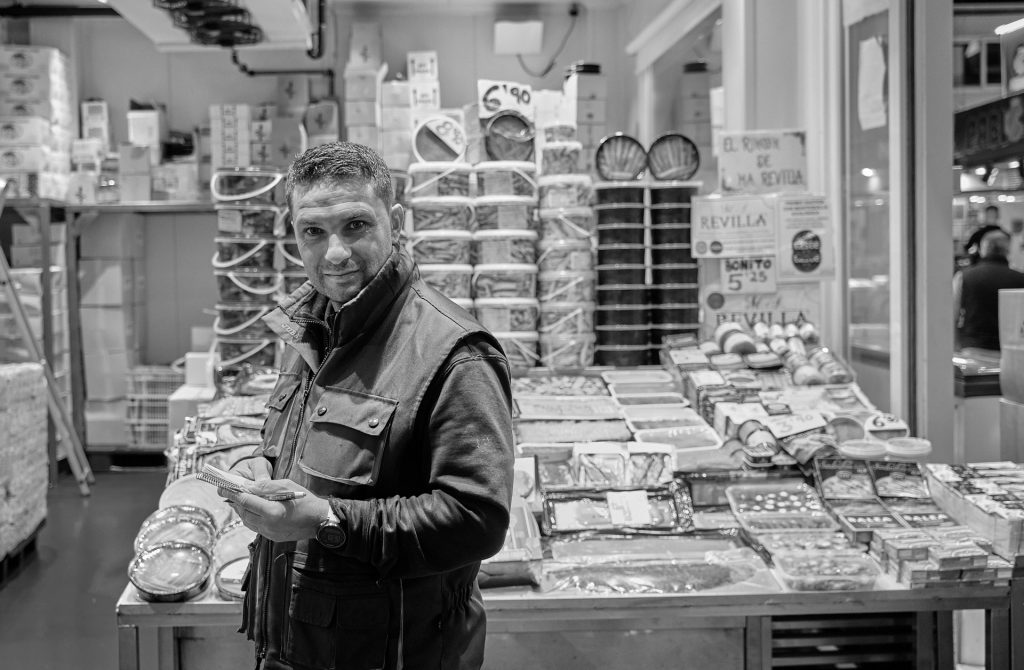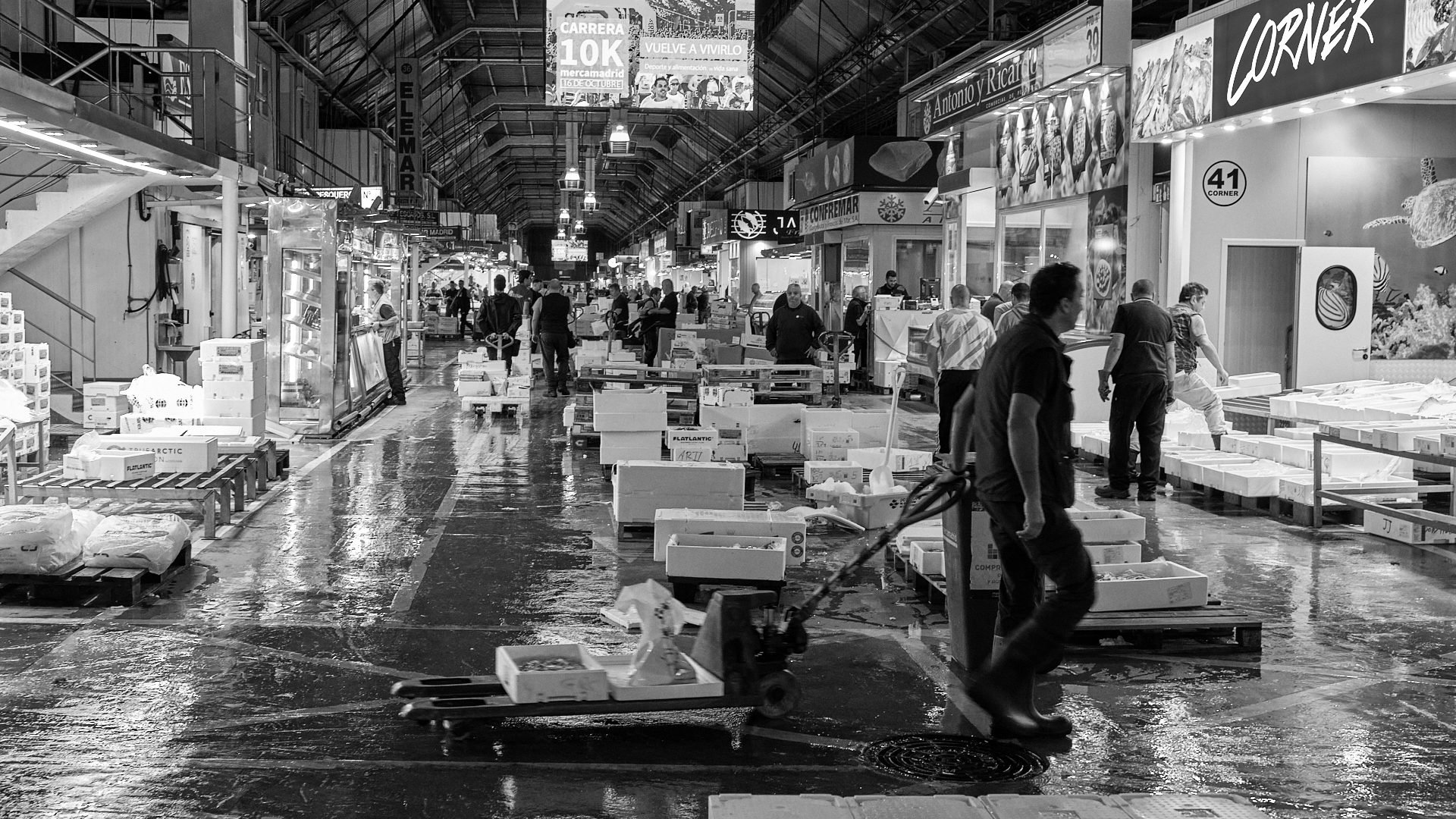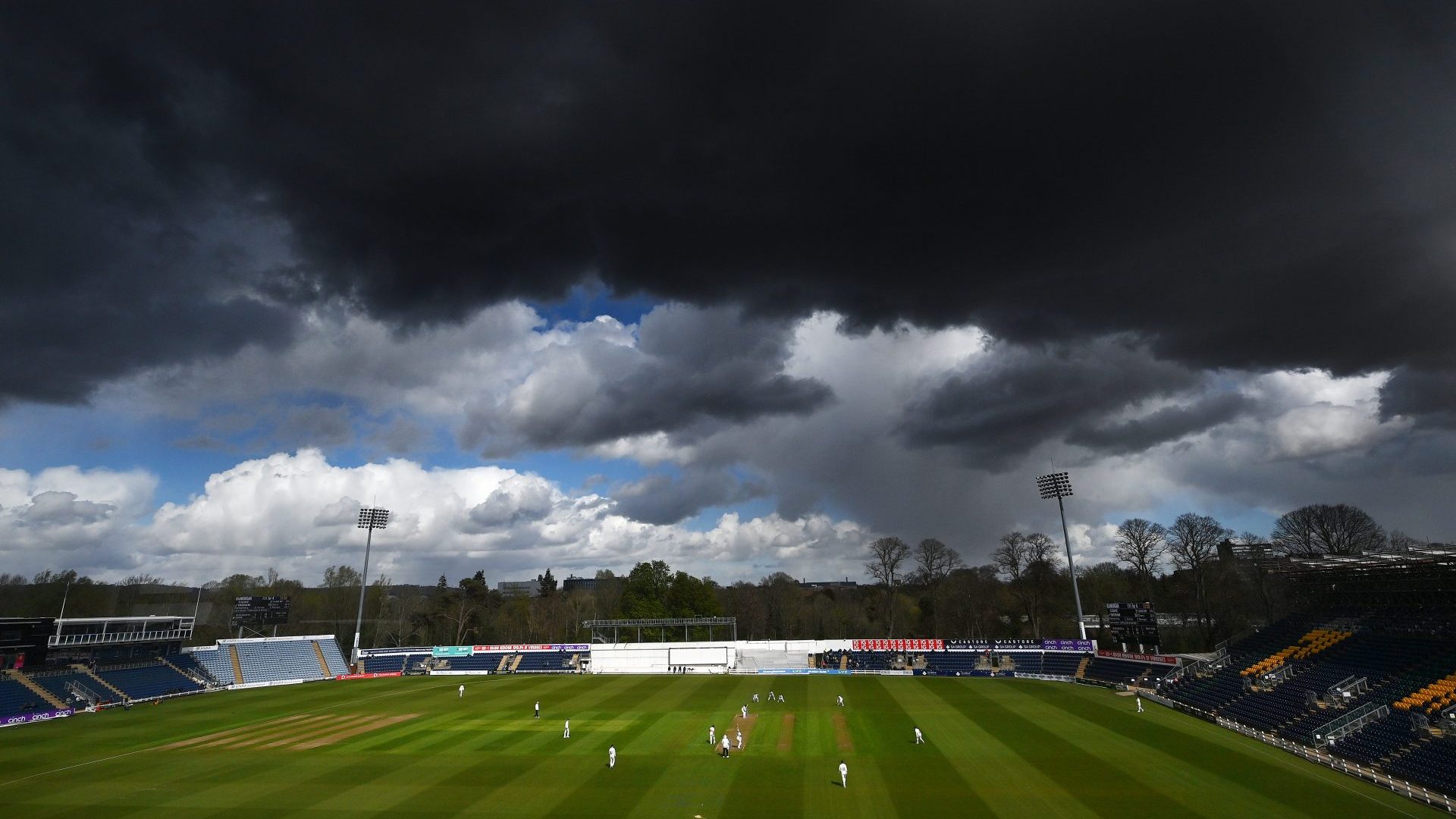Living in Madrid means giving up the sea and pretending not to mind. “I’ve never been much of a beach person,” you tell yourself, which may even be true, and is just as well if so. Puerta del Sol, at the centre of the city, also marks Spain’s Kilometre 0 – the radial middle of the national road network. This puts you a minimum of 360km from the sands of Valencia and a bit further from the Cantabrian coast, as well as about 650 metres above sea level.
But tucked behind Sol is the 19th-century tavern Casa Labra, which serves some of the best bacalao, or salt cod, in Spain or anywhere else. It’s standing room only, and always packed after work. You buy a caña of draft beer at the bar, then a tapa of cod croquettes at a separate counter with a vintage brass cash register, and eat on your feet with the plate balanced over your glass. I love that place. At this point I can almost pass for a local there.
I was born in Dublin, spent my teens on the Isle of Man, and lived for years in snow-crab country on the north-west coast of Japan, but witnessed in none of those wet vectors the ferocious appetite for fish I’ve seen here among the Madrileños. Over seven landlocked years in this highest and driest of European capitals, I’ve developed the theory that their peculiar hunger is a measure of their distance from saltwater – wild seafood supply chains also servicing a certain oceanic yearning, cast across the interior to Atlantic and Mediterranean shorelines.
“I don’t know about that,” Jose Escudero Ramos told me over lunch last week. “I think it has more to do with power.” Ramos is a scholar of his hometown’s eating habits, as documented in his book Cooking History: Gastronomic Curiosities of Madrid. We met at Los Bocadillos, a 1940s-vintage sandwich bar named after house speciality bocadillos de calamares – those bread rolls filled with fried squid rings that have somehow become synonymous with this city.
They are so beloved because they fed the poor for centuries, Ramos told me. After Madrid was made the Spanish capital in 1561, a succession of Hapsburg and Bourbon monarchs maintained a steady diet of seafood as a matter of royal prerogative, of Austrian/French culinary custom, and of prevailing Catholic doctrine: fish was the habitual meat substitute every Friday and all through Lent.
Coldwater catches were hauled from the Bay of Biscay in donkey carts, kept fresh with ice drawn out of silos in frigid mountains en route. Prime specimens went to the palace, while cheap and chewy calamari was bulked up with flour and bread to make quasi-nourishing meals for the lower orders. Sea bream, or besugo, travelled best of all, and became a rich man’s fish, reserved for special occasions by those who could barely afford it.
“When I was a kid we would only have it at Christmas,” said Ramos, nodding across the road to the department store and supermarket El Corte Inglés, where his father worked in the produce section. Madrileños’ need for seafood has lately made them amenable to an ongoing trend for high-end Japanese and Peruvian restaurants. They are especially receptive to master chefs like Quique Dacosta and Dani García, who recently moved inland to the kitchens of top new hotels – The Four Seasons and the remodelled Ritz – having made their bones on the coast in Valencia and Andalucía.
At the other end of the scale, said Ramos, “many tapas dishes typical of Madrid are fish preserved in a way that would mask the taste when they weren’t so fresh, like gambas [prawns] in garlic, or boquerones [anchovies] in vinegar.” A lot of those favourites now come from canneries along the Cantabrian Sea, and are eaten straight from the tin with toothpicks in this city’s most venerable cervecerías (El Fide, on Calle de Ponzano, is my own go-to.)

“Ask any fisherman in Galicia,” said Ramos. “He’ll tell you Madrid is the most important port in Spain.” This claim is often made in specific reference to MercaMadrid, the monumental fish market that supplies the whole central Iberian plain. It exists in its own industrial bubble just beyond the city centre, ringed by motorway ramps and toll booths for the trucks that deliver seafood in the dead of night. Some speak of it in mythic terms, like a ziggurat. It’s the second largest structure of its kind after Tokyo’s Tsukiji, but trades in a wider variety of seafood, they say. It’s bigger than the Principality of Monaco, I’m told.
But it’s not open to the public, so few have ever seen it, except the 9,000 or so who work there. Last week, ahead of the market’s 40th anniversary in November, I was issued with a visitor pass, a hi-vis vest, and a guide named Paloma de la Riva. We walked in well before dawn, the moon a thin yellow hook above the looming hangarlike roof. And behind the briny curtain was something akin to a teeming indoor harbour, its nocturnal community working hard along soaked and crowded streets of wood palettes and styrofoam crates.
“It was even like this during lockdown,” said Riva, “but with everyone in masks and protective gear. We are essential workers.” I heard a similar soldierly tone from everyone I spoke to, as they handled live lobsters or cleavered chunks off the carcasses of gigantic bonito.
“Yes, we live like vampires,” said Julio Pérez of PescaMadrid, specialists in cured anchovies. “Breakfast at midnight, lunch at 7am. But I love this job, and I sometimes think we don’t value ourselves enough. We feed the city and contribute to society. Eating fish, the Mediterranean diet, we know it’s good for the health of the population.”

I tested my theory on Pérez, suggesting that demand for his wares is so constant, so urgent, precisely because this market, this city, is surrounded on all sides by fishless desert. “It’s possible,” he said. “We Madrileños don’t have beaches, so maybe fish reminds us, deep inside, of our holidays, and gives us a state of wellbeing.”
As we walked on, Riva explained that about 70% of this seafood is caught in Spanish waters, but the rest can come from as far away as the Pacific. She led me to a far corner occupied by a vendor called Conchamar, which was piled high with boxes of salt cod just arrived from the Faroe Islands. These particular fish, she said, would be used in the bacalao croquettes served at Casa Labra later today. My favourites, and hers.
“Oh these are the best,” said Riva. “They are better than anything.” And she did a little dance in her wellies on the wet floor.
Stephen Phelan is an Irish journalist based in Madrid



